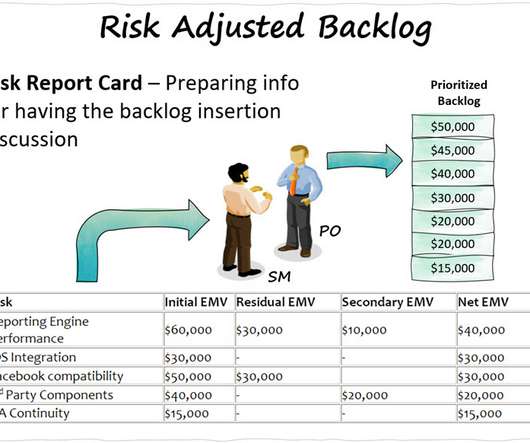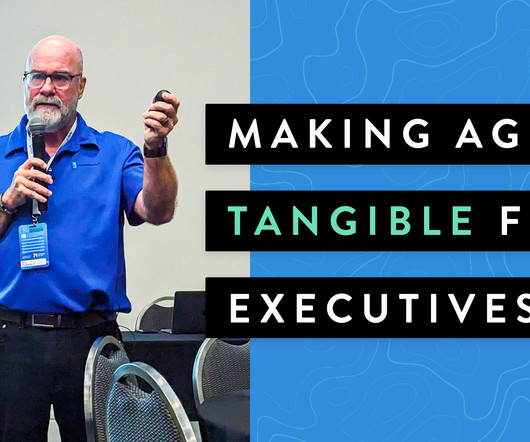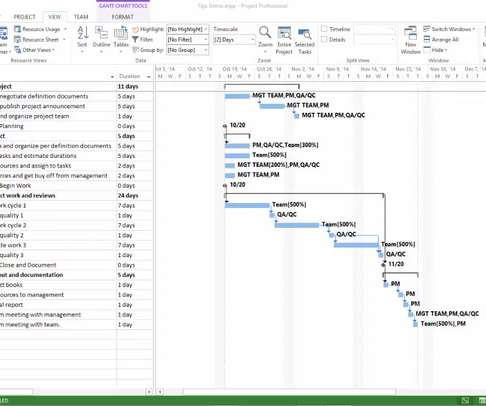How We Reduced Cycle Time from 164 Days to 8 Days in 6 Months
Scrum.org
JANUARY 5, 2021
Due to horrible time-management on my part, we could not answer all the questions in the webinar, so we are answering them in this blog instead. You might get more value from reading this blog if you watched the recording and reviewed the slides that are available on the webinar page - A Cycle Time Journey: 164 to 8 Days in 6 Months.




























Let's personalize your content